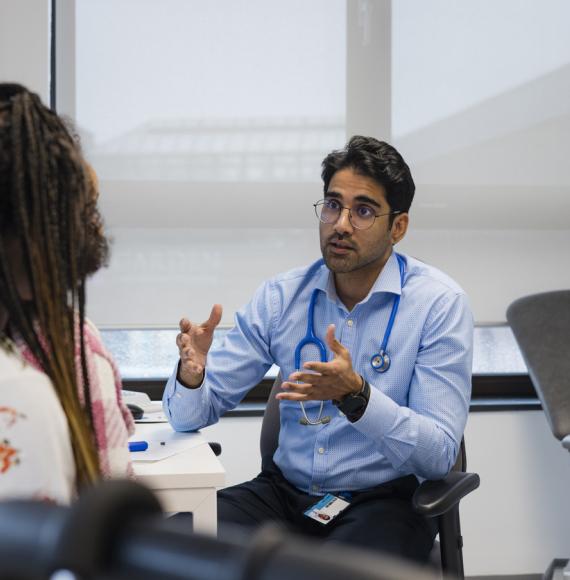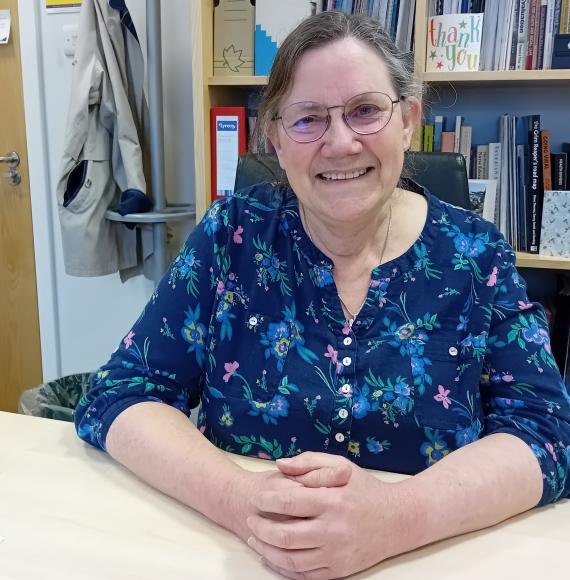A new study has revealed more about the origin of germ cell tumours, which could open new approaches to treatment.
The research discovered that, despite germ cell tumours containing multiple different cell types and the possibility of them arising at various different ages, the provenance of the tumours can be traced back to a genetic event that happened in the womb.
The report also found that the tumours that develop before puberty carry distinctive mutational signatures.
The study was conducted by researchers from the Wellcome Sanger Institute and Cambridge University Hospitals NHS Foundation Trust and examined samples from 15 participants.
The scientists’ meticulous genetic sequencing techniques meant that they were able to study the DNA and RNA of all the different types of tumour tissues at a previously unprecedented level.
The research found that, because of their newfound detailed analysis, the origin of the tumours can be traced back to the start of development in the womb.
They discovered that they way in which the tumours created tissues, like muscle or cartilage, shared similarities with how tissues are made in a growing embryo, suggesting unique treatments could be developed.
Dr Raheleh Rahbari, co-senior author from the Wellcome Sanger Institute, said: “Germ cell tumours can be made up of a variety of different tissues, including smooth muscle and skin, and previously very little was known about the factors behind their development, making them difficult to understand and treat.
"Our research has shown that these tumours can be traced back to the same genetic event, and the tissue types have developed from different branches of the same family tree, shedding more light on how these tumours are formed.”
The researchers also found that the mutational signatures in tumours of young children were different to those in children aged over 12, meaning the differences could be used as a future biomarker, enabling health professionals to better identify the best course of chemotherapy for a patient.
This could the change the way in which children are treated for cancer, especially those who develop tumours around the current age cut-offs that determine what type of treatment is most appropriate.
Dr Thomas Oliver, co-first author from the Wellcome Sanger Institute and Cambridge University Hospitals NHS Foundation Trust, said: "Clinically, treating teenage and young adult patients can be challenging as they fall between paediatric and adult treatment protocols. It is important to treat them sufficiently but not excessively to avoid long-term side effects, so getting the intensity of the chemotherapy right is important.
"Our research suggests that the genetic makeup of the tumour might be used to help categorise such patients, which will hopefully result in children, and indeed all patients with germ cell tumours, getting the most appropriate therapy in the future.”
The study was published in the open access journal Nature Communications.



















